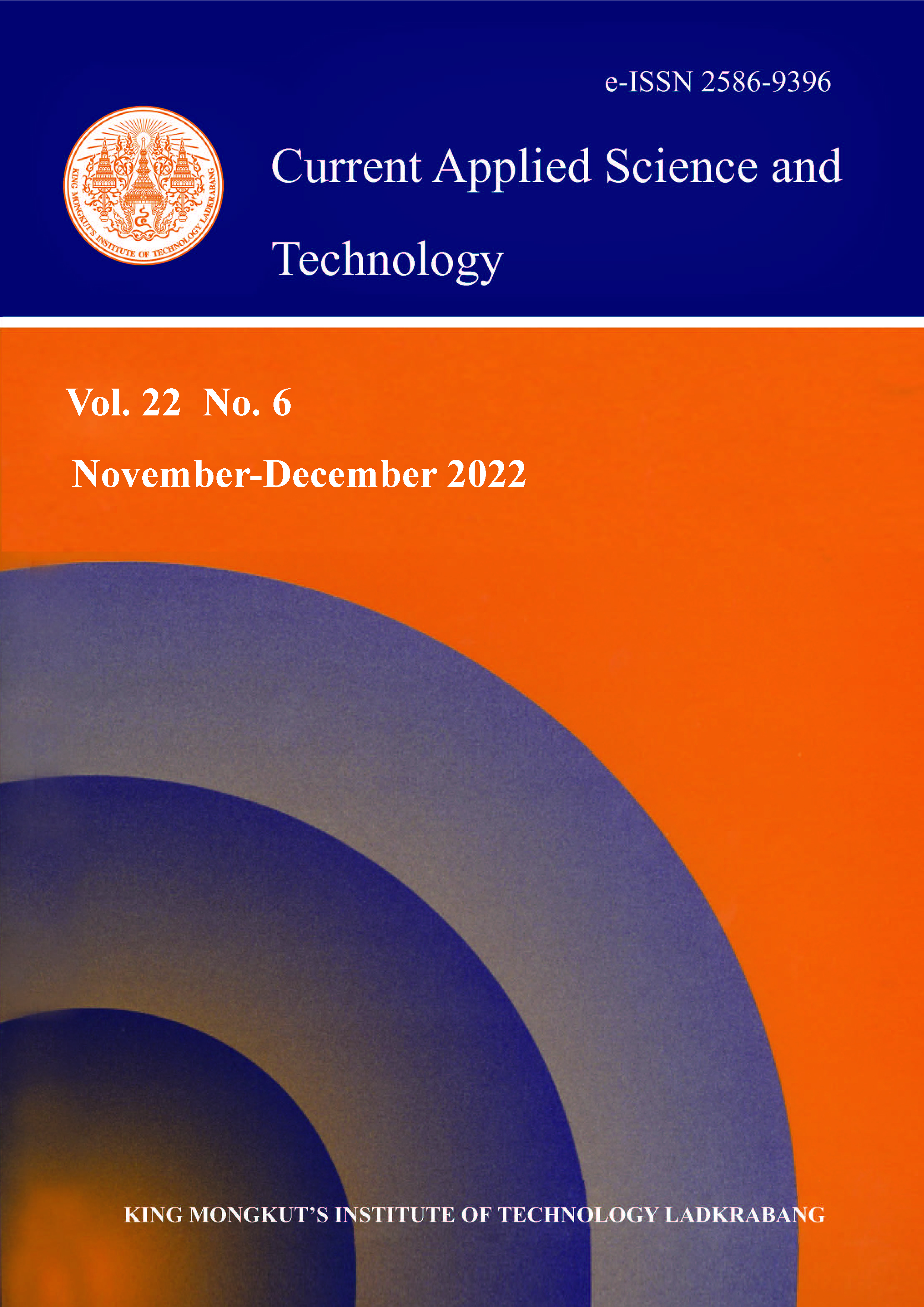Concentrations and size distributions of atmospheric particulates and particulate-bound heavy metals in different inhalable fractions were studied in working areas during manual dismantling, thermal cutting and cable sheath burning activities. The particulate samples were collected on quartz fiber filters using an eight-stage cascade impactor with flow rate of 28.3 l min-1. Mass concentrations of the particles were measured in each size fraction. Heavy metals bound on the particles were extracted with acid digestion and then analyzed using Atomic Absorption Spectrophotometer. Risk assessment of worker exposure to the particles was determined. The results indicated that the concentrations of ultrafine (dae < 0.43 μm), fine (0.43 < dae < 2.1 μm) and coarse (2.1 < dae < 10 μm) particles were in the ranges of 14.49-62.04, 57.51-120.26 and 153.26–646.99 μg m−3 during manual dismantling, 363.41-1,011.95, 2,105.40-4,899.11 and 1,698.54-7,075.61 μg m−3 during thermal cutting and 364.73-1,694.72, 1,953.33-4,431.41 and 1,385.97-6,126.13 μg m−3 during cable sheath burning, respectively. The concentrations of PM2.1 and PM10 released from these activities did not exceed the OSHA PEL threshold limits. Heavy metals adsorbed on the particles (Fe, Cr, Zn, Cu, Pb, Mn) detected during manual dismantling did not exceed the TWA standard. Concentrations of Cr and Pb during cable sheath burning highly exceeded the standards whereas Pb concentrations during thermal cutting slightly exceeded the standard. The heavy metals released from these recycling activities were more enriched on coarse mode than fine mode. Inhalation exposure to Cr, Pb and Mn posed a potential health risk to the workers.
Keywords: manual dismantling; thermal cutting; cable sheath burning; inhalable particles; heavy metals; risk assessment; size distributions
*Corresponding author: Tel.: (+66) 2329840011 ext. 290 Fax: (+66) 23298428
E-mail: suwannee.ju@kmitl.ac.th
Keawhanu, T. ., Sukonthamut, S. ., Suriyawong, A. ., & Junyapoon*, S. . (2022). Size Distributions of Inhalable Particulate Matter and Particle-bound Heavy Metals and Their Potential Occupational Health Risk Related to Informal E-waste Recycling in Thailand. CURRENT APPLIED SCIENCE AND TECHNOLOGY, DOI: 10.55003/cast.2022.06.22.009 (24 pages). https://doi.org/10.55003/cast.2022.06.22.009

